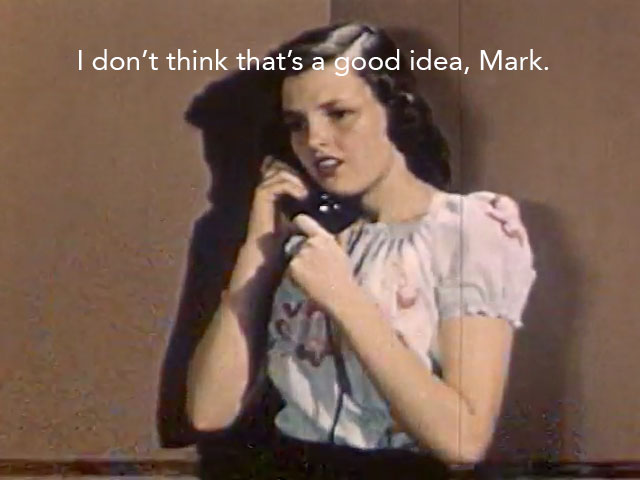


You can figure it out by yourself or use the instructions in your software. Always keep an average of 20 to 30 characters per second (CPS).This roughly corresponds to 40 characters per line (CPL) for the top line and a little less for the bottom line. To do subtitle sequence, you should divide your sentences into two relatively equal parts like a pyramid.When transcribing manually, use tools such as keyboard shortcuts or headphones to focus on the audio.Following our own experience, here’s what you need to know: There are many recommendations given by official institutions such as the BBC or Channel 4 regarding word-for-word transcription. This involves knowing some specific rules. What you should remember about this structure is the importance of choosing the right time sequences and synchronizing them correctly with the video.

Here is a reminder of the temporal and textual codes of the SRT format that is supported by almost all types of video platforms: You may already know that, but if you don’t use an automatic subtitling solution, you need first to create a subtitle file (SRT, Web VTT) that fits some basic formatting. In fact, it not only requires good listening comprehension, but also a precise method to process. One of the most common questions about captions is to know how to do good transcriptions, from speech to text. Whether manually or through automatic software, we’ll show you here the “best practice” to do good subtitles 🙂. At Checksub, we’ve been for four years closely watching how video creators work on their subtitles.


 0 kommentar(er)
0 kommentar(er)
